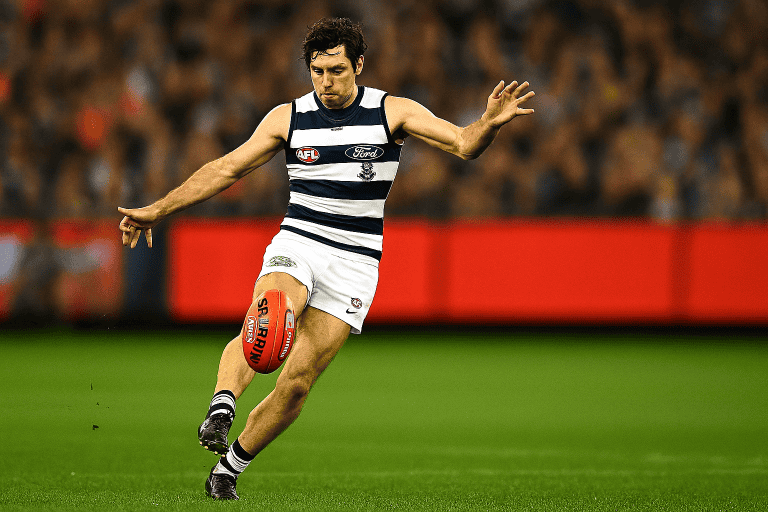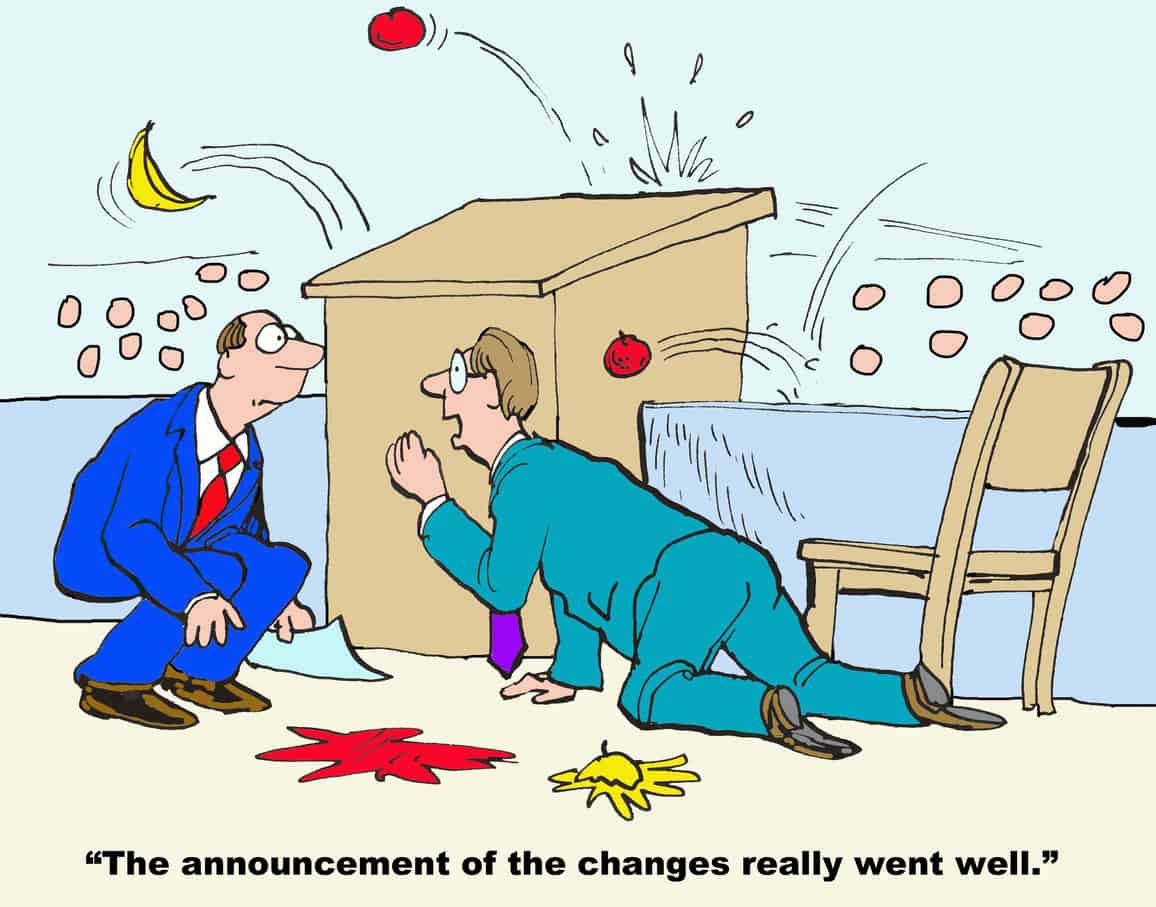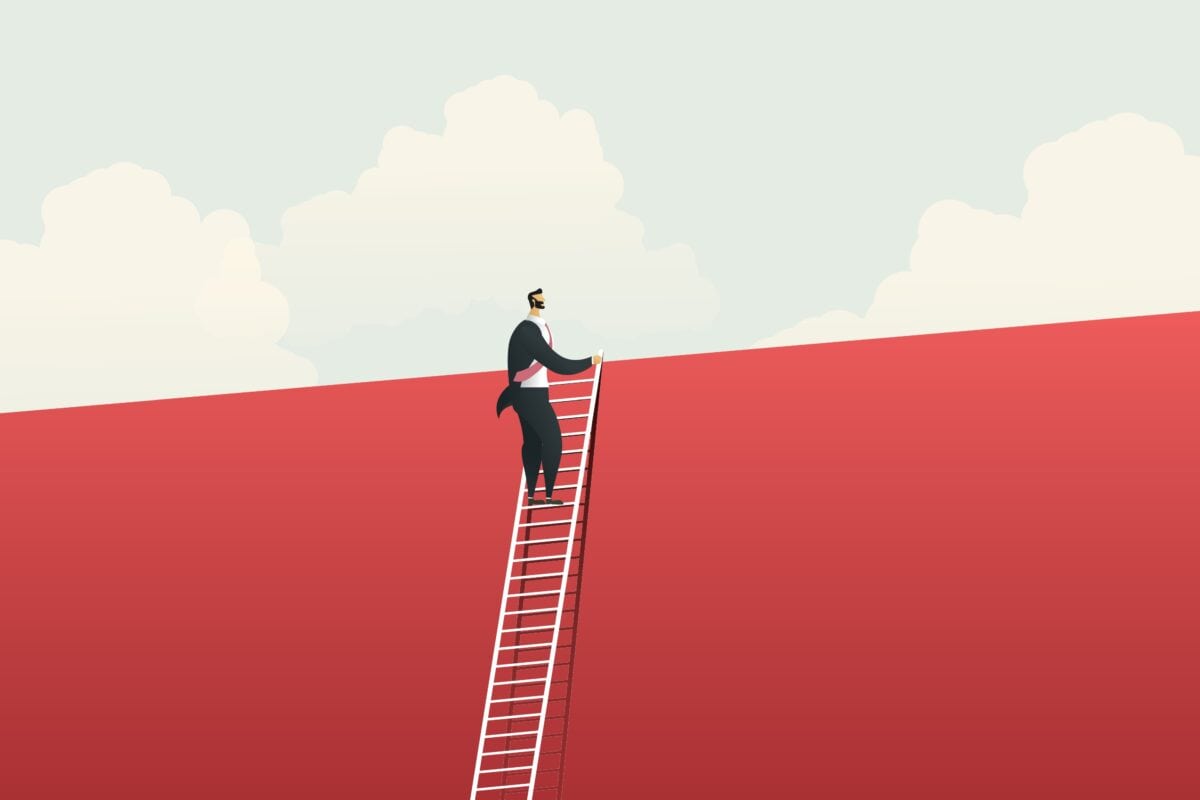Victoria’s consultation on its work-from-home proposals closes this weekend. The government has claimed over 18,000 submissions and interactions, but none of them are yet publicly available. The Business Council of Australia (BCA) has garnered recent media attention, pre-empting the closure of the consultation. The BCA could have a more mature discussion on the concept and practice of working from home, but perhaps it realises that the argument has already been lost.
Category: executives
Australian Football Needs Better Workers Compensation
[Guest post by Eric Windholz]
Last week I again had the pleasure to contribute to the Headfirst: A Concussion Podcast, this time talking about recent developments concerning the compensation of athletes (and in particular, AFL (Australian Football League) players) suffering concussion. The key takeaway – the more things change, the more they stay the same.
Continue reading “Australian Football Needs Better Workers Compensation”Victoria’s Psychosocial Reforms will Test Employer Commitment to OHS
The Victorian Government plans to introduce legislation regarding psychosocial hazards, similar to that of all other Australian jurisdictions, by the end of 2025. But what workplace changes are expected when this new set of occupational health and safety regulations is enacted? Other States’ laws may provide clues.
Balancing Acts That Miss the Point
One of the aims of Australia’s Model Work Health and Safety Act is to
“… provide a balanced and nationally consistent framework to secure the health and safety of workers and workplaces.” (page 5, Best Practice Review of the model Work Health and Safety laws – Discussion Paper, September 2025)
There are several ways to interpret “balance” – an equilibrium/harmony or the process for weighing interest, a noun or a verb. I am not sure that ‘balance’ or ‘balanced’ are suitable terms in a document that should provide clear guidance on occupational health and safety (OHS) matters. It may be an example of how an inexactitude can lead to over-complexity and OHS’s reputation for business bullshit.
Audio summary on Executive Bonuses
In this short 6-minute audio episode, I unpack the troubling case of Cleanaway Waste Management’s CEO bonus reduction following three worker deaths and challenge the notion that trimming executive pay is a meaningful consequence, and whether safety is being treated as a KPI or a moral imperative.
With references to Woolworths, Orica, and SGH Group, Kevin explores how corporate Australia responds to workplace fatalities, and why investor pressure—not ethical leadership—often drives change. Featuring insights from the Australian Financial Review and safety scholars Andrew Hopkins and Sarah Maslen, this episode calls for a deeper reckoning with executive accountability and the true cost of preventable deaths.
The Seductiveness of Action Without Change
The challenge in addressing psychosocial hazards at work comes not from the dangers posed but from the executives’ willingness to change. Recently, David Burroughs reflected on his years of advising executives on this hazard. Burroughs’ experience of corporate responses to workplace bullying is indicative of the challenge of organisational change.
Why are the bosses’ knickers in a twist over work-from-home?
Two major Australian media outlets are continuing to focus on the issue of working from home (WFH), criticising the concept and some local political moves. WFH offers some significant mental health benefits that are being largely ignored. The front page of The Australian newspaper for September 1, 2025, provides the latest example.







